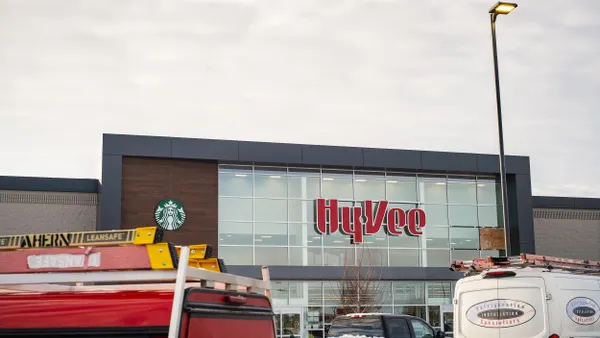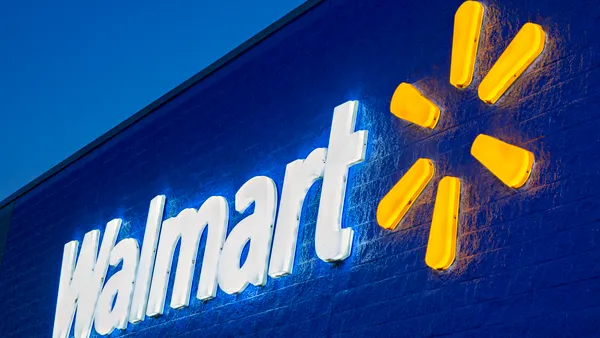NEW YORK — In September 2023, the Interactive Advertising Bureau released the initial draft of its “Retail Media Measurement Guidelines” for public comment. Now, a year later, Kroger is readying its release of an updated measurement model influenced by IAB’s standards.
The updated measurement model, set to launch in Q4, will use first-party customer data to help brands understand how their media budgets “are working for them,” Christine Foster, Kroger Precision Marketing’s vice president of product strategy and media operations, said Tuesday during a panel at IAB’s Connected Commerce Summit.
“[It’s] a hybrid approach that will continue to deconstruct sales and layer in exposure data so that brands can really get a better picture of their full-funnel impact,” Foster said.
Foster noted that Kroger had a head start on its measurement efforts as its data science team had been working on standardizing metrics six years prior to the IAB’s guidelines released last September. However, she noted that the draft standards from IAB strengthened the basis of Kroger Precision Marketing’s data privacy, transparency and accuracy — key elements of its updated measurement model.
Foster credits IAB’s standards for helping its retail media operations strengthen accountability to brands and consumers while driving more relevant experiences with audiences. The standards also provided guidelines for approaching incrementality, warning against using incrementality as a “blanket statement” and emphasizing the importance of retail media networks having a specific methodology for gathering incremental data.
“What is a brand looking to drive incrementality around? Is it units? Is it households? Is it dollars? These are really complex things to break down,” she said.
Despite retail media’s rapid growth in recent years, nailing down standardized measurement metrics is a “slow journey everyone’s taking,” Foster said, adding that it can be challenging for retail media networks to avoid getting stuck on strategies in a time when the space is constantly evolving.
“The biggest kind of threat to all digital advertising is the status quo,” Foster said. “And so I think it’s our responsibility… to lean into standardization in a way that does lean into the transparency and the openness to sharing more with the brands that you are working with.”












